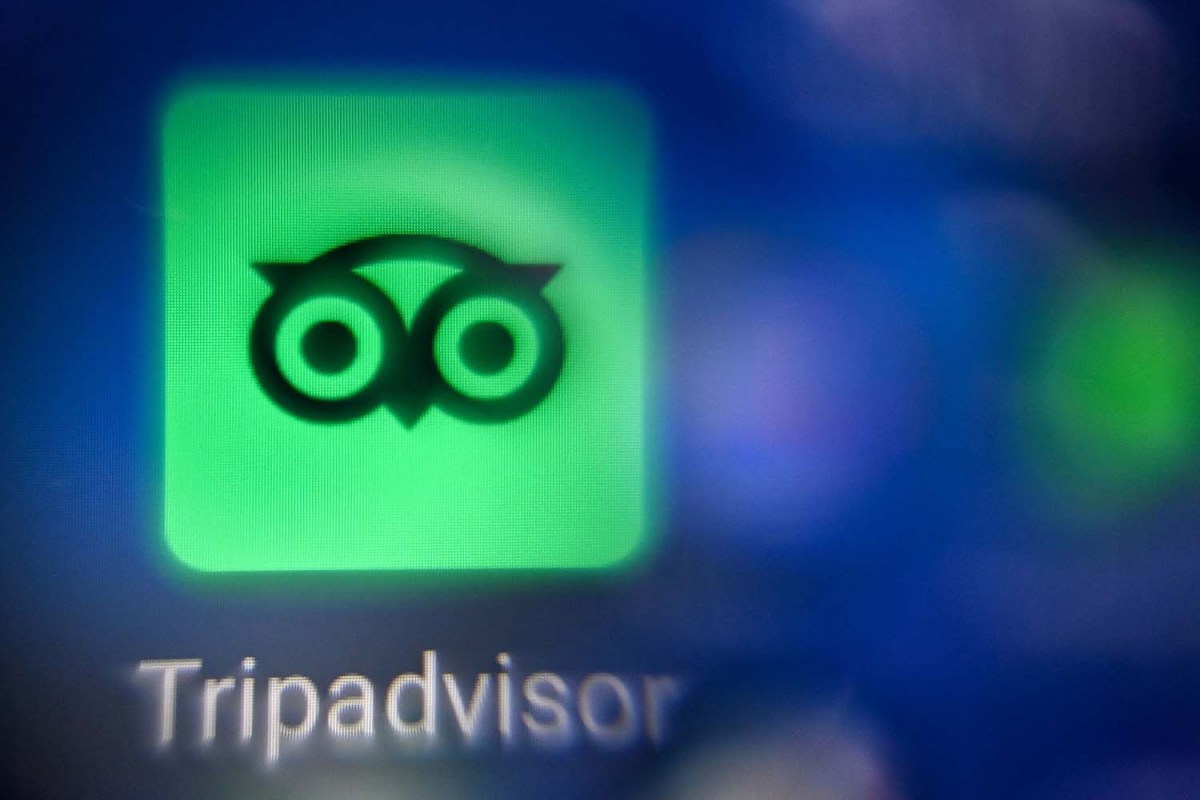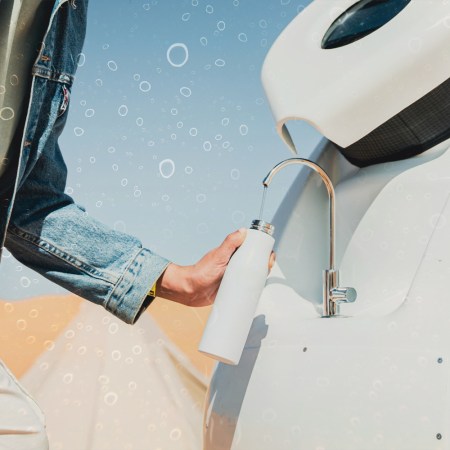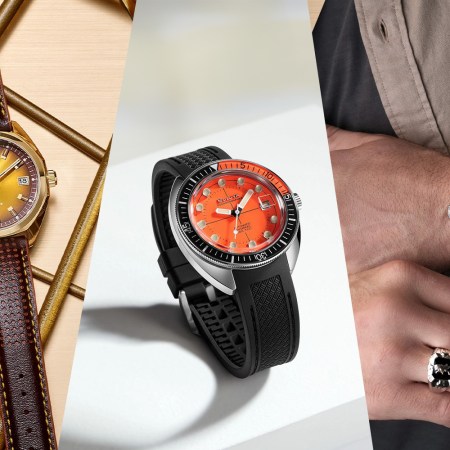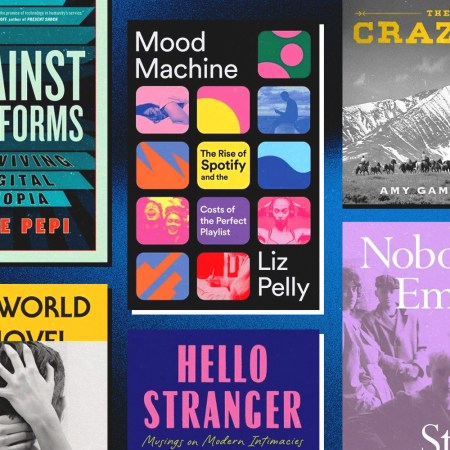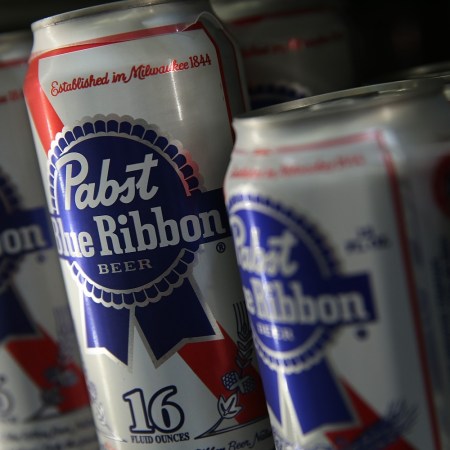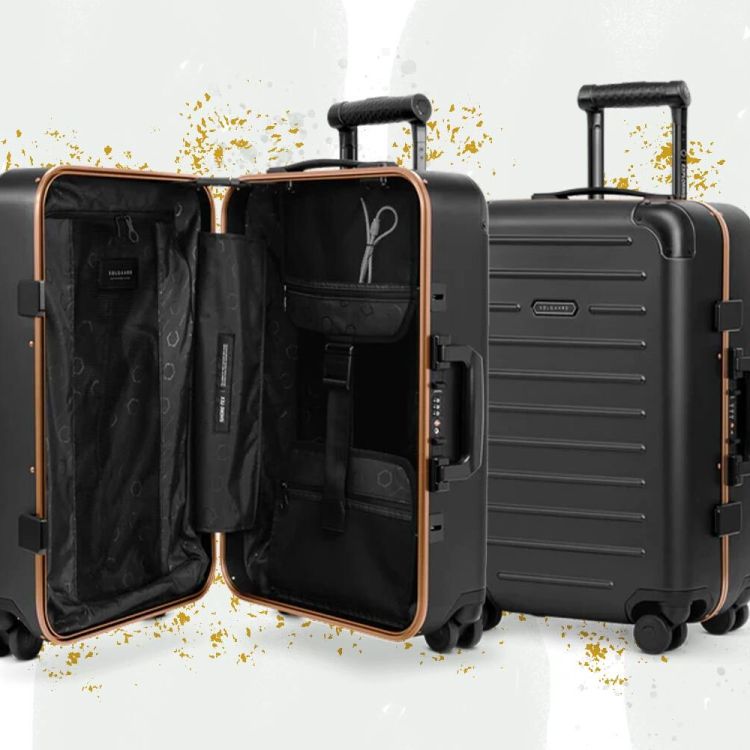A thing about me: I love to read reviews.
Not leave reviews myself, of course (crazy behavior), but rather peruse what, typically, nay-sayers are firing off into the ether. At worst, they can help inform your decision to eat a certain restaurant, or stay at a certain hotel. At best, they can be an endless source of entertainment.
I know I’m not alone, either, as there are entire subreddits dedicated to reviews (gold). And don’t even get me started on Amazon. (One of my all-time fave’s is about the lift-the-flap book titled “Where is Baby’s Belly Button,” that begins with, “This book is completely misleading. The entire plot revolves around finding Baby’s belly button; the title makes this much clear from the beginning. However, there is no mystery. There is no twist. Baby’s belly button is right where it’s suppose to be, on Baby’s stomach. Right where it clearly SHOWS you it is on the COVER OF THE BOOK.”)
That said, not all reviews are authentic. In fact, an overwhelming number of them aren’t. Per a Tripadvisor’s 2023 Review Transparency report, the platform actually caught 1.3 million fake or fraudulent reviews in 2022 — 4.4% of all the reviews that were submitted. Though, it’s important to understand the context here.
Tripadvisor defines fake reviews as any “submitted by someone who is either biased in some way and/or who did not have a personal experience with the business they reviewed.” More than 24,500 of them were traced back to paid review companies and nearly half of them originated from just six countries: India, Russia, U.S., Türkiye, Italy and Vietnam.
To Tripadvisor’s credit, however, 72% of them never even made it to the site. “Tripadvisor is built on trust, and we will never stop improving our systems to ensure our community has access to reliable content and the businesses listed can compete on a level playing field,” said vice president for trust and safety at Tripadvisor Becky Foley in a statement. “The findings from this report show that our approach is working; we’re catching a higher proportion of fraudulent content before it is published, with nearly three-quarters of fake reviews never even making it to the platform.”
Fortunately, in the event that you consume reviews like a normal person and not for leisure, there are a few ways to spot the fake reviews that slipped through the cracks (which, by the way, are all manually reviewed by a human moderator). According to Travel + Leisure, real reviews are easily identified by whether or not they are “recent, first-hand, relevant, respectful and unbiased.” You can also look at the other things a reviewer has reviewed, which also can be pretty indicative.
Alternatively, you can join me and laugh.
Thanks for reading InsideHook. Sign up for our daily newsletter and be in the know.
